"In the End of The Strategic Bomber Threat, One Last Interceptor before the New Age"
ABOUT THIS PLANE:
After more than five months of mental block about creating an original 3rd-Generation Fighter, I have finally come up with the idea of taking a plane from the Cold War Era and making it a Trijet Interceptor. What could possibly be a better combination than the XF-108 and the XFA-33 Fenrir, which was already a Trijet!
The F-141 is basically a trijet XF-108 but with XFA-33 Body and Wings. It's also a fictional take on the XFA-33 if made during the Cold War and without its cutting-edge capabilities. The designation "F-141" is just by adding 108 and 33, and the nickname "Lykan" is just an easy term for another wolf mythology as a reference to Fenrir. Creating the front layout of this plane was hard because I wanted to catch the look of the XF-108's front profile, but alas, I failed to make a genuine XF-108 front fuselage. On the other hand, creating the body and wings of this plane was rather easy because the XF-108 already has a pretty basic Fuselage Layout that is easy to do on SimplePlanes together with the XFA-33 wings.
AIRCRAFT DESCRIPTION:
In the advent of InterContinental Ballistic Missiles (ICBMs), right when the United States saw no more need for Long Range Interceptors to take out the Soviet Bombers, the US decided to make one last dedicated long-range, high-speed, and high-altitude Interceptor limited to 50 orders, one for each state of the USA. To save the cost of this project, the chosen design for the plane was the proposed XF-108 Rapier; however, the U.S made some changes to the design of the airframe, such as a new wing design, increased payload capacity and versatility, and modified fuselage for a 3rd engine.
The wings of the Rapier were redesigned to have canards and a unique wing design that features fully movable wing-mounted horizontal stabilizers. This design choice was made to increase the survivability of the plane in combat. The fuselage was enlarged and made to carry more ordnance. It can now carry 4 AIM-47s or up to 8 conventional weapons internally. The wings can now carry hardpoints through their pylons, but this will limit the capability of the airframe to 30,000 feet and a speed under 1000 mph. Two 20mm Gatling Cannons with up to 1,500 rounds were also installed just behind the radar of the aircraft. To cut off at least some of the cost, The AN/ASG-18 Radar was used as its radar and is located at the nose of the aircraft, no further development in the aircrafts electronics equipment was improved and in conjuction to other developmental project a 3rd Engine was installed to experiment the efficiency and the used of a turbofan engine in an aircraft making the aircraft the first fighter to utilize a first generation turbofan and to further save cost the engine proposed for the XF-108 was used. All of the changes to the aircraft were made necessary to justify the cost of the project, its continuation, and its outcome as a relevant part of the US Air Force on its conception and for many years to come.
The project was completed, and the F-141 Lykan was born.
The largest and heaviest fighter aircraft ever produced served to finalize the nuclear threat posed by the long-range bombers. The F-141 Lykan boasts a Tri-engine layout, which greatly enhanced its fuel efficiency while also increasing its engine output and saving weight. Its unique wing design also made it capable not just of high speeds but also of maneuverability. The Lykan is capable of speeds of up to Mach 3.5 and an altitude of 80,000 ft. Although it is a dedicated interceptor, it can carry different types of weapons for any type of mission.
FEATURES:
- Working Radome and Cockpit Canopy

- Cockpit Interior
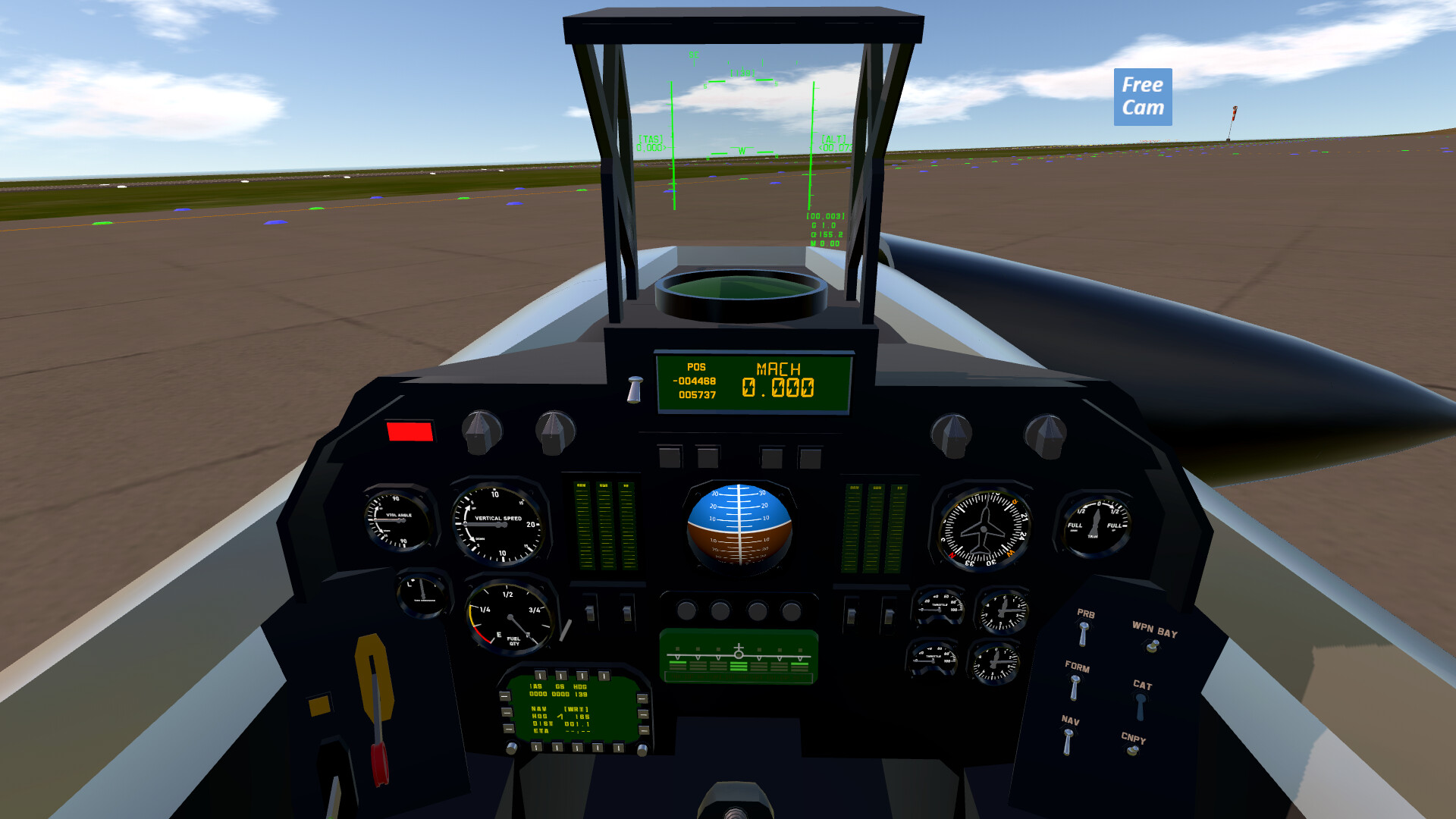

- Internal Weapons Bay with Rotary Rack

- Wonderful See Through Intake!

WEAPONRY
- Two 20mm Gatling Cannon
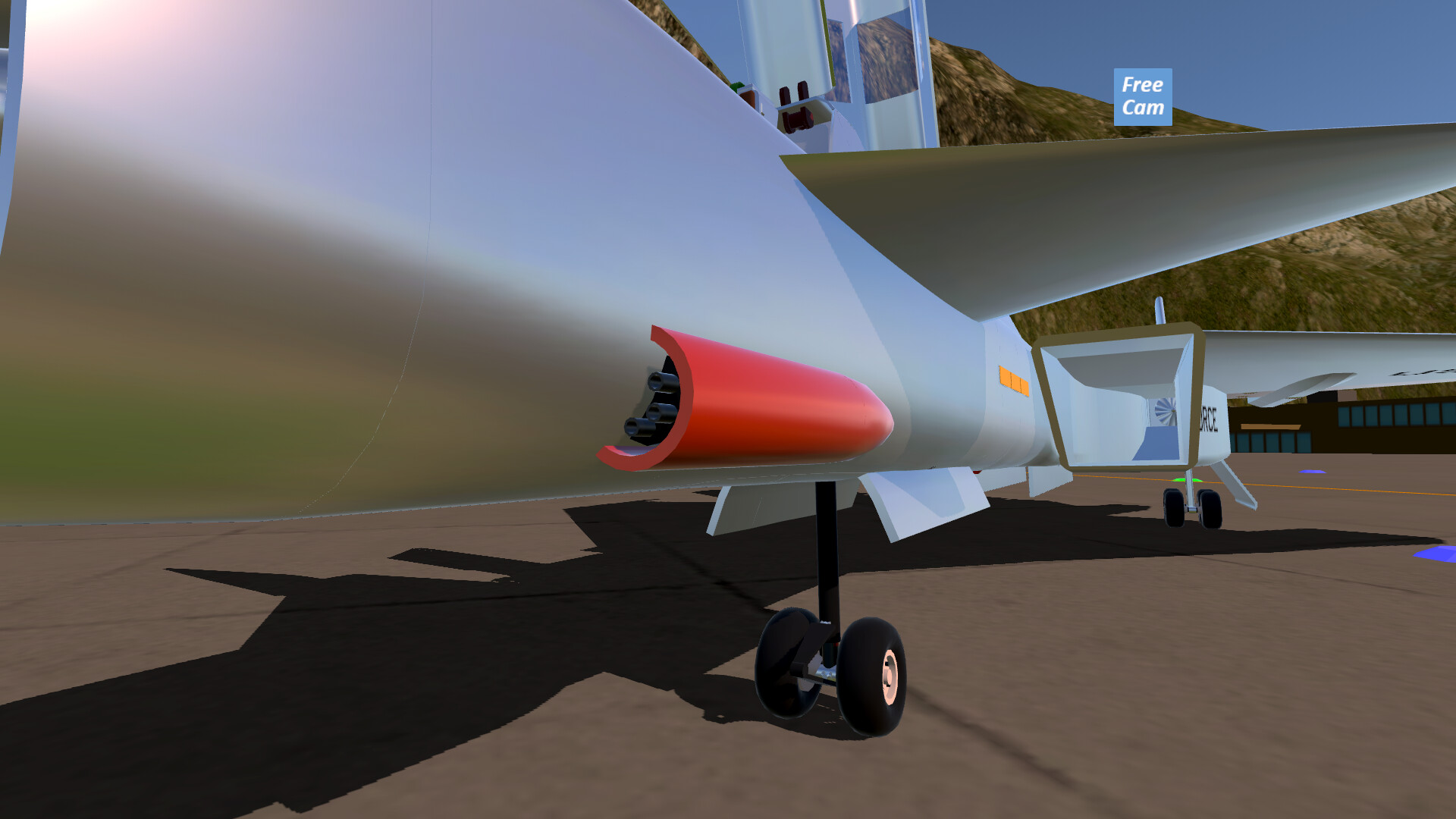
- Long-Range Air-to-Air Missile - AIM-47 Falcon B
Extremely long-range air-to-air missiles. Though their homing capabilities are limited, if the target evades one, a decent pilot can still pick the target off.

SPECIFICATIONS:

Credits:
- AIM-47 Falcon B derived from Bababooey1's AIM-47 Falcon B
- Tandem Seat Cockpit derived from Beetlejuice6156's VR Cockpits and Displays.
Controls:
- AG1: Canopy
- AG2: Internal Weapons Bay
- AG3:
- AG4: Refuel Probe
- AG5: Navigation Lights
- AG6: Formation Lights
- AG7: Radome
- AG8:
VTOL = Flaps
TRIM = Trim
NOTES:
- Use Trim to Control Pitch at Cruise or High Altitudes
- Stall Speed at TAS < 200 MPH
- Engine will have reduced performance at, Speed greater than TAS > 2,700 MPH, and Altitude > 80,100 Ft.
- On TakeOffs,
Set Throttle to > 60%, Pitch up at TAS > 290 MPH. - On Landings,
Reduce Speed to TAS < 300 MPH, Set Throttle to 10%, Max VTOL Down,
and Maintain Pitch 10 degrees or less above the Horizon. - On Refuelling,
Adjust to Tanker Speed, Use Refuel Probe Cam For Better View,
Then Align with the Tanker Drogue
P.S AIRCRAFT SOMETIMES UNSTABLE DURING MANEUVERS!
HAVE FUN! AND ENJOY!
Specifications
General Characteristics
- Created On Windows
- Wingspan 58.9ft (18.0m)
- Length 86.9ft (26.5m)
- Height 14.5ft (4.4m)
- Empty Weight 46,324lbs (21,012kg)
- Loaded Weight 88,686lbs (40,227kg)
Performance
- Power/Weight Ratio 0.931
- Wing Loading 72.3lbs/ft2 (352.9kg/m2)
- Wing Area 1,227.0ft2 (114.0m2)
- Drag Points 6172
Parts
- Number of Parts 821
- Control Surfaces 2
- Performance Cost 3,295

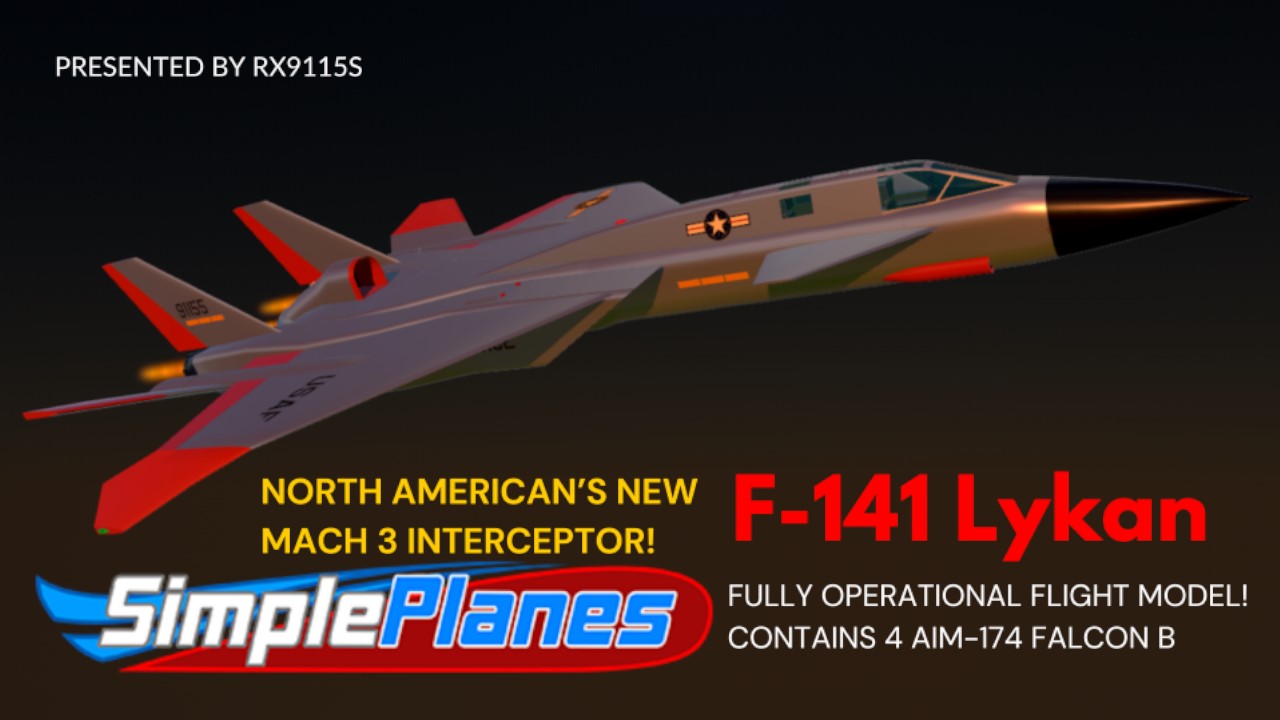
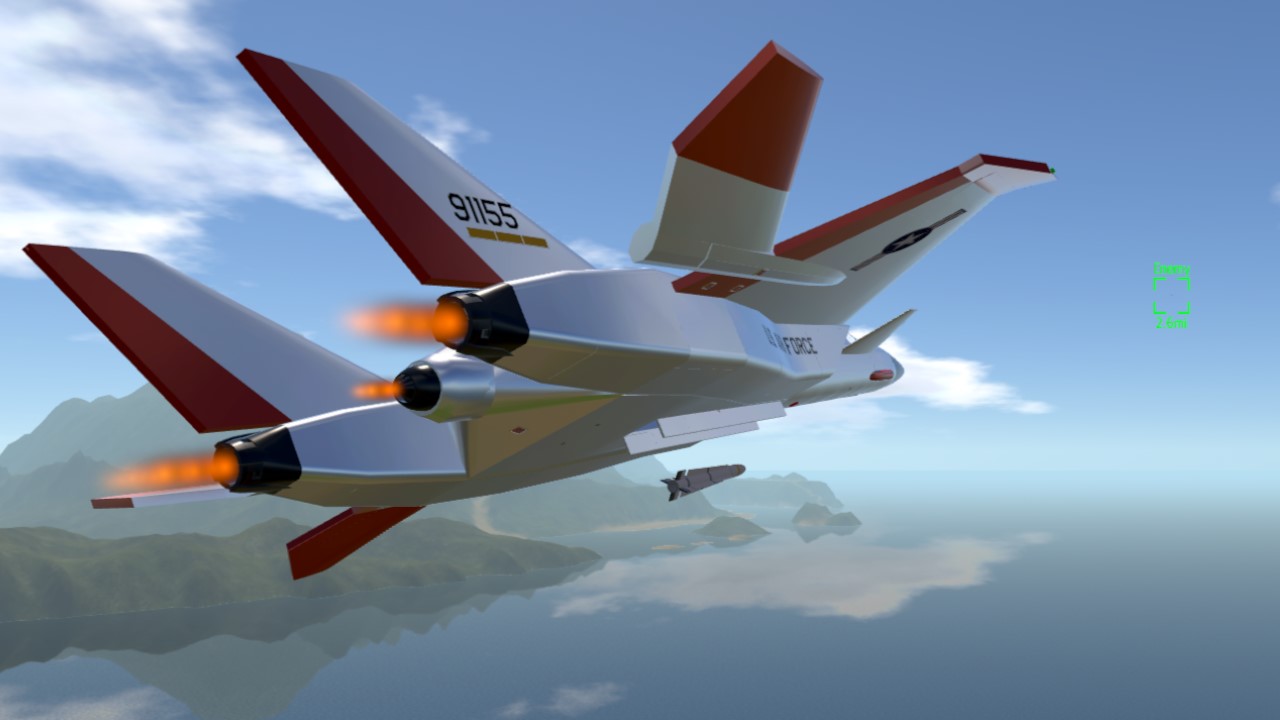
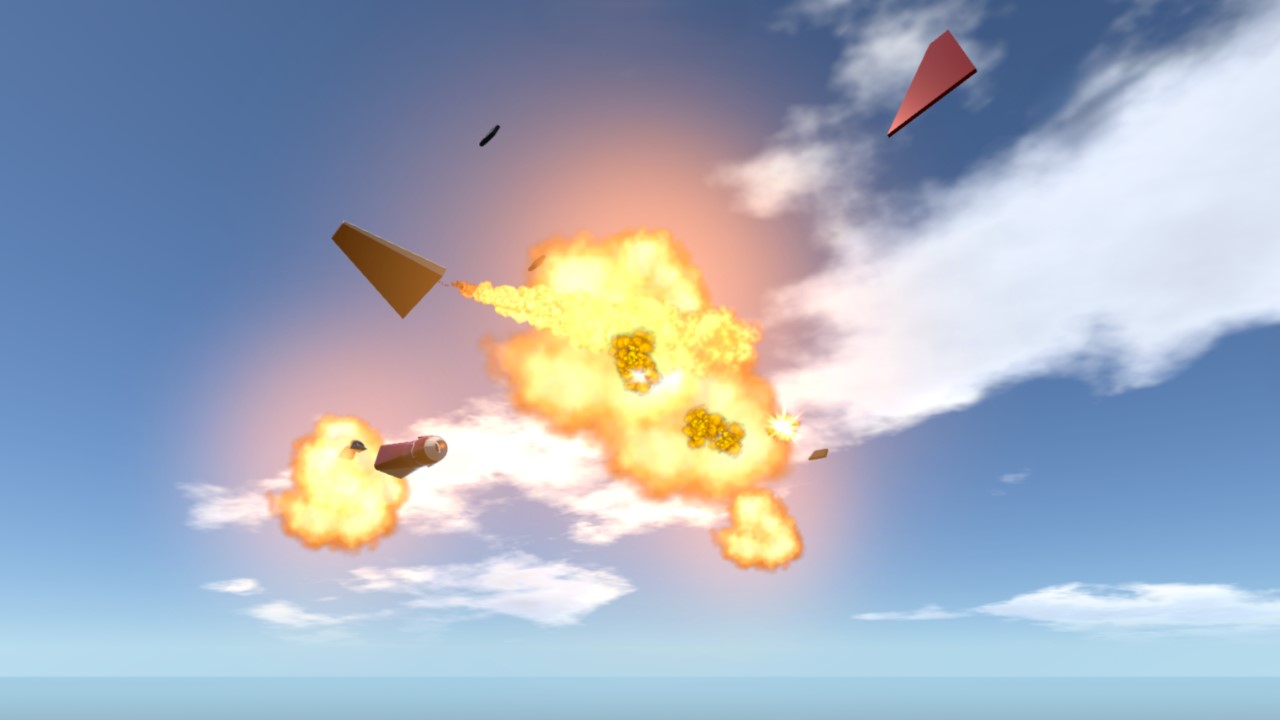
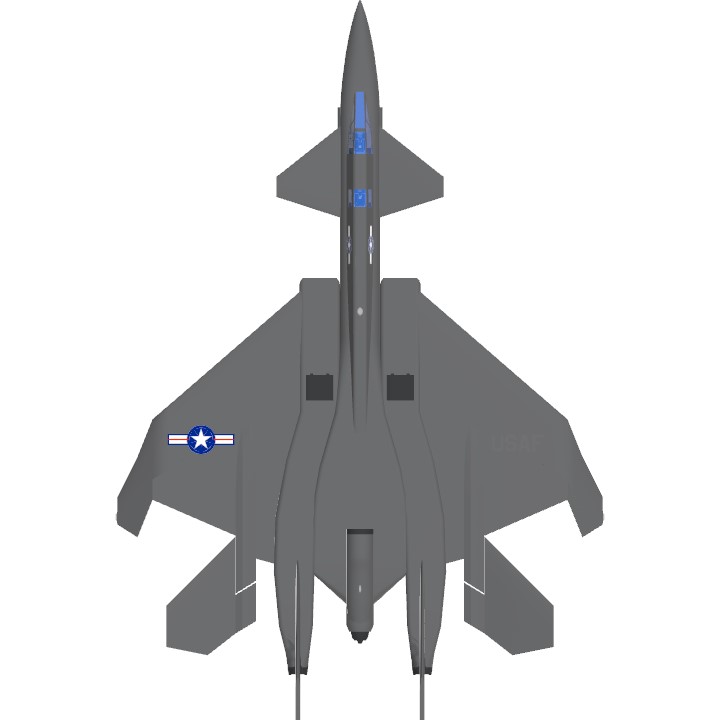


XML Update 1:
- Fixed the Error of the Right Side Gun timeBetweenBursts.
Upvotes and Comments Are Very Appreciated! Thank You Very Much!
Cool